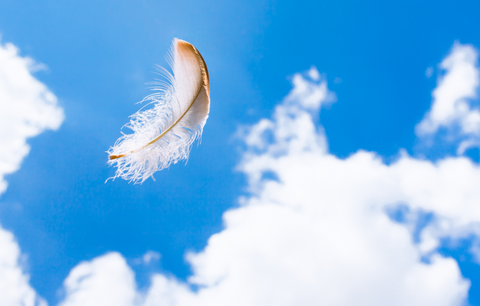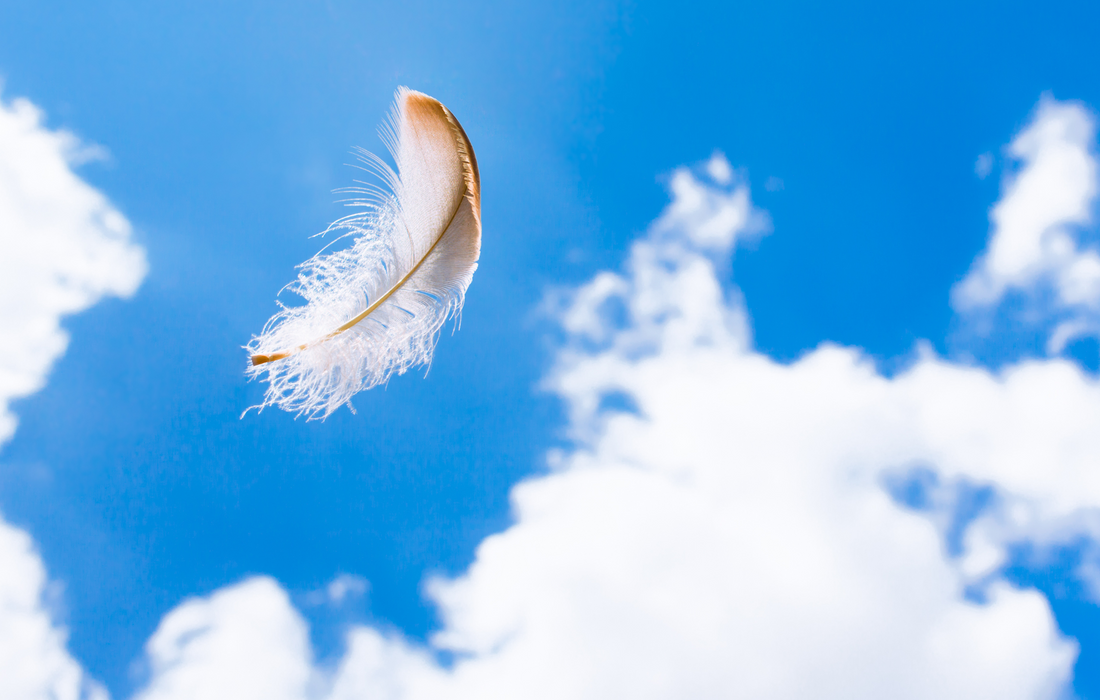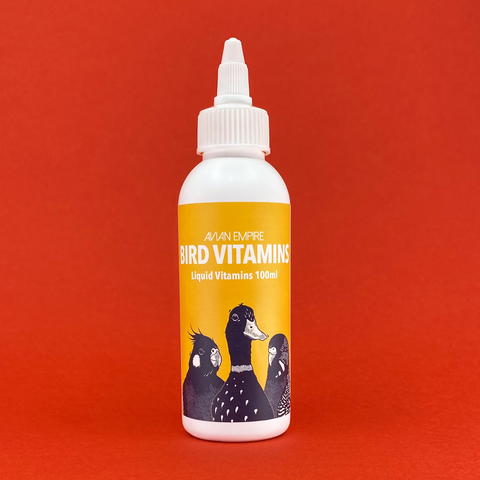The moulting process can be challenging for birds as they shed and regrow their feathers. Here are some tips to help your chickens through the moult:

- Balanced Diet: Provide a well-balanced diet that is rich in high-quality protein. Feathers are primarily composed of protein, so ensuring your hens have adequate protein intake can support healthy feather growth. Consider offering a higher protein feed or adding supplemental protein sources like mealworms or cooked eggs during the moult.
- Nutritional Supplements: Consider adding nutritional supplements to their diet, such as poultry-specific vitamins and minerals. These supplements can provide additional support during the moult, promoting feather regrowth and overall health.
- Increased Access to Water: Adequate hydration is crucial during the moult. Ensure your hens have access to clean and fresh water at all times. Providing warm water during colder months can also help keep them hydrated.
- Stress Reduction: Minimize stressors during the moult period. Avoid unnecessary disturbances, such as frequent handling or changes in their environment. A calm and stress-free environment will allow the hens to focus their energy on feather regrowth.
- Provide Shelter and Protection: During the moult, hens may have reduced feather coverage, making them more vulnerable to cold temperatures and potential bullying from other flock members. Provide adequate shelter from wind, rain, and extreme weather conditions. Ensure that they have access to dry bedding and a warm and comfortable coop to help them regulate their body temperature.
- Dust Bathing Area: Feather regrowth can be itchy for hens, and providing a dust bathing area can help alleviate discomfort. Offer a shallow tray filled with dusting material such as sand or wood ash, and encourage the hens to engage in natural dust bathing behaviour.
- Monitor for Parasites: Moulting hens are more susceptible to external parasites like mites and lice. Regularly inspect your hens for signs of infestation, such as feather loss, scaly skin, or excessive scratching. If necessary, treat the coop and birds for parasites to ensure a healthy moult.
- Patience and Time: The moulting process takes time, typically lasting several weeks. Be patient and allow your hens the time they need to complete the moult and regrow their feathers. During this period, egg production may decrease or cease altogether, which is normal. Once the moult is complete, the hens should resume laying eggs.
Remember, the moult is a natural process for chickens. With proper care and support, they will successfully navigate this phase and emerge with healthy, new feathers.
By Sam Hurley and Jemma McLean


